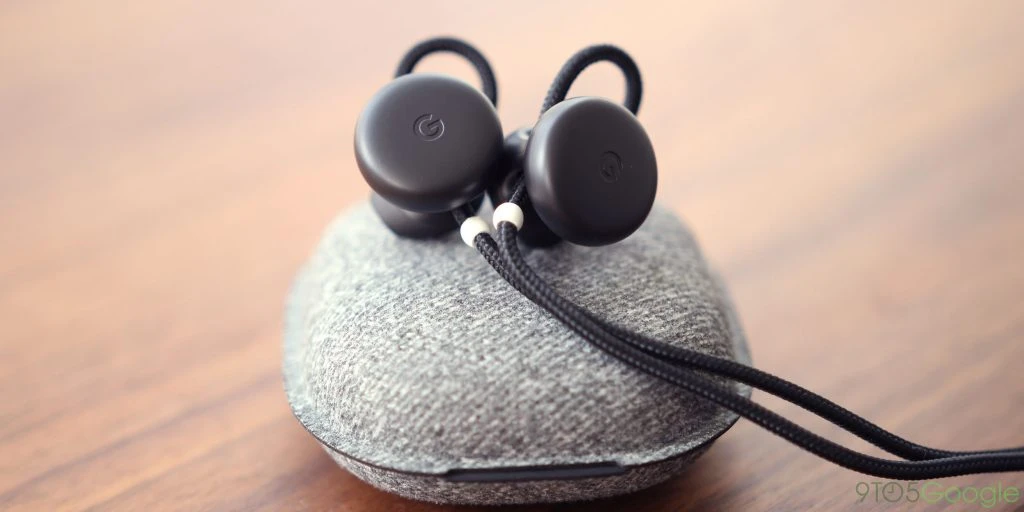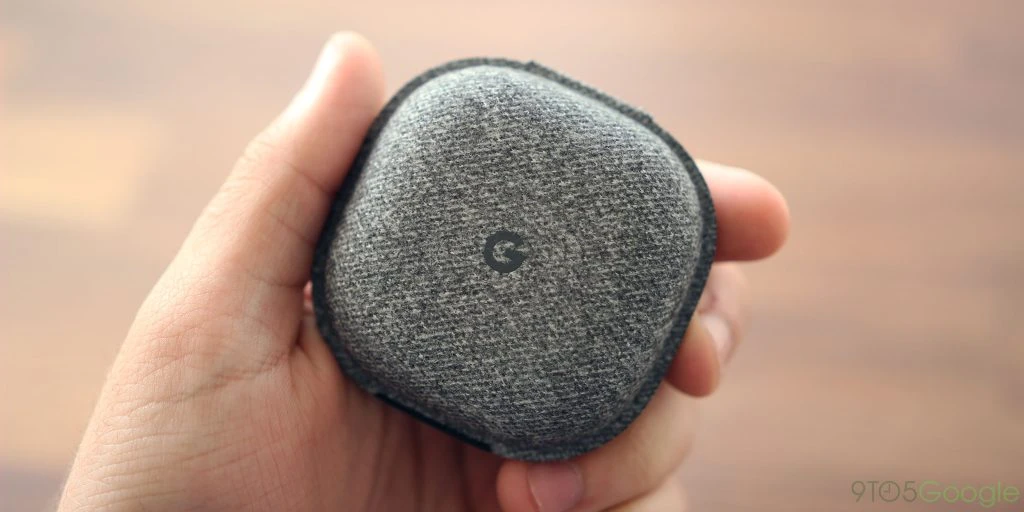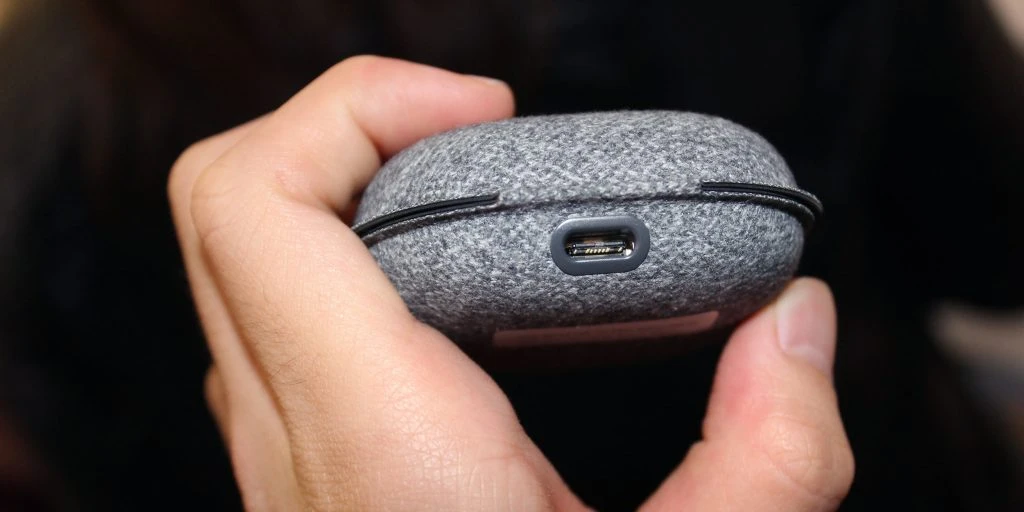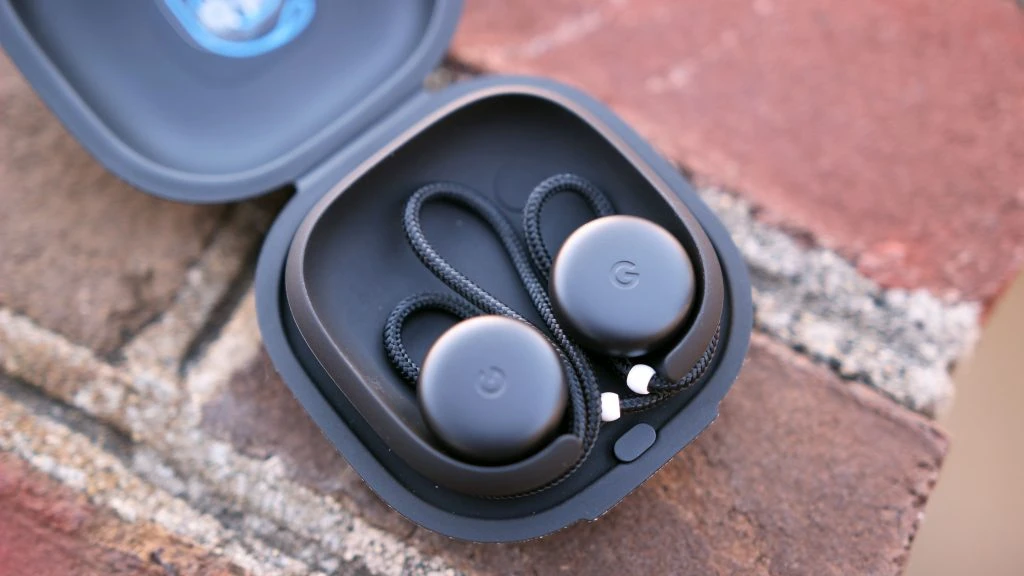[summary]The article reflects on the long-term use and design evolution of Google’s Pixel Buds, emphasizing the daily ritual of using the earbuds and their intuitive case design. Initially, Google’s first attempt with neckbuds was unsuccessful due to its impractical design. However, the company redeemed itself with the second-generation Pixel Buds, offering a sleek, pebble-shaped case. The Pixel Buds A-Series introduced subtle color accents, and the 2024 Pixel Buds Pro 2 maintained a familiar design with enhancements like a speaker cutout and improved water protection. Looking ahead, the author hopes for additional features such as a lanyard connection and continuous phone connectivity while appreciating the consistency and unique design of the Pixel Buds case in the broader context of Google’s hardware innovations.[/summary]
Familiarizing with the Pixel Buds Routine
For over four and a half years, I have been consistently using the same case for my Pixel Buds. This daily interaction has made the process second nature to me, particularly when using one hand. Identifying the front side of the case and opening it without looking has become instinctual. This routine extends to setting down the case and retrieving the earbuds seamlessly.
Google News and Updates
9to5Google has introduced a revamped newsletter that brings you the most significant Google stories, enriched with insightful commentary and additional information. Don’t miss out—sign up here!
The Ritual of Earbuds Usage
The ritual of taking earbuds out of their charging case and then returning them is a habit that is likely to persist for many years. Although longer battery life might reduce the frequency of this task, there will always be times when removing the earbuds is necessary. Perhaps, only the advent of brain-computer interfaces in the distant future could eliminate this ritual entirely.
Google’s Initial Attempt: The Neckbuds
Google’s first foray into ear-necks—was largely unsuccessful. The awkwardly rounded square case, made from a rubber or soft-touch plastic material, was a disappointment. Its design, inspired by the fabric trend of that era (seen in Nest Mini and Pixel cases), was not practical for something handled frequently, as it couldn’t be easily cleaned. Moreover, the neckbud design required cumbersome wrapping and unwrapping.

Redemption with the 2nd-Generation Pixel Buds
Three years after the initial attempt, Google made a successful comeback with the second-generation Pixel Buds. The case, reminiscent of a smooth pebble with a subtle black seam, is discreet and doesn’t immediately reveal its purpose. The USB-C port and a single button located at the back are the only giveaways. The case is neither bulky nor transparent, offering a tactile satisfaction in its opening and closing mechanism, perfect for fidgeting.

Design Evolution: Pixel Buds A-Series
With the Pixel Buds A-Series, Google introduced a splash of color—Sea Blue, Dark Olive Green, or Clearly White—on the inside of the case. This design element was a unique touch that Google has not revisited. Over time, my second-gen Pixel Buds case developed hairline cracks, which, while not compromising its structure, were visually unappealing. Fortunately, this issue seems to have been resolved in subsequent models.

The 2024 Pixel Buds Pro 2: Familiar Yet Enhanced
The 2024 Pixel Buds Pro 2 case bears a strong resemblance to its 2022 predecessor, save for a speaker cutout that adds slight weight. Its unchanged dimensions allow compatibility with third-party accessories. New features like Find My Device and Case Sounds provide notifications for charging status and battery levels, complementing the softer, more Pixel-esque sound design of the earbuds.

Desired Improvements and Future Prospects
Looking forward, I hope for a lanyard connection without the need for a bulky sleeve. Adding a cutout beside the USB-C port would be ideal for symmetry and utility. Internally, it would be beneficial for the case to remain continuously connected to a phone, like the Pixel Watch 3, to easily check the battery status. This feature is present in the latest AirPods and offers a quicker alternative to opening the case to view the battery percentage.
Consistency in Design
I wish for the case to remain unchanged in its core design. While truly wireless earbuds are universally recognized, the Pixel Buds case stands out with its unique design, prompting curiosity. It’s refreshing that Google hasn’t emblazoned the case with the G logo, instead opting for subtle branding on each bud after the lid is opened.
The Future of Google’s Hardware Design
Looking at Google’s broader hardware lineup, the Pixel Watch may eventually refine its droplet-inspired design for a sleeker look. However, the Pixel Buds case, unconstrained by the limitations of wearables, benefits from its size, enhancing its discoverability. If the Pixel Buds Pro 2 doesn’t see a successor until 2026, this pebble-shaped case will have been a consistent feature for six and a half years. This stability is a rarity in consumer electronics, and I believe headphones, with their utilitarian nature, are akin to essential tools we carry daily, ensuring we never leave home without them.
